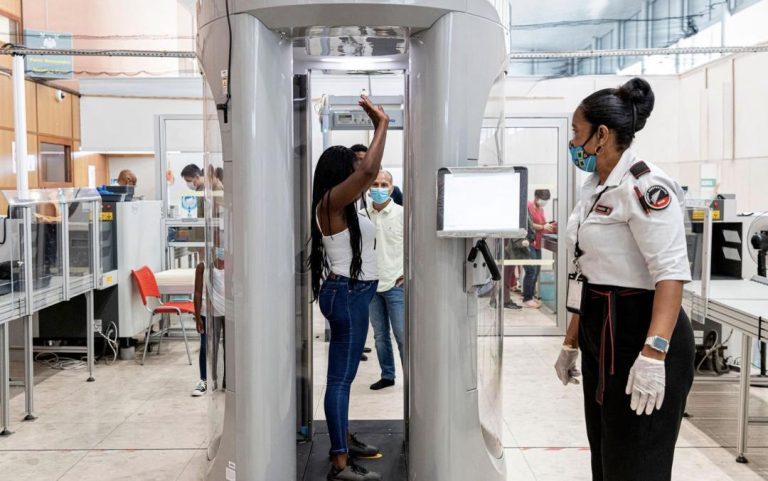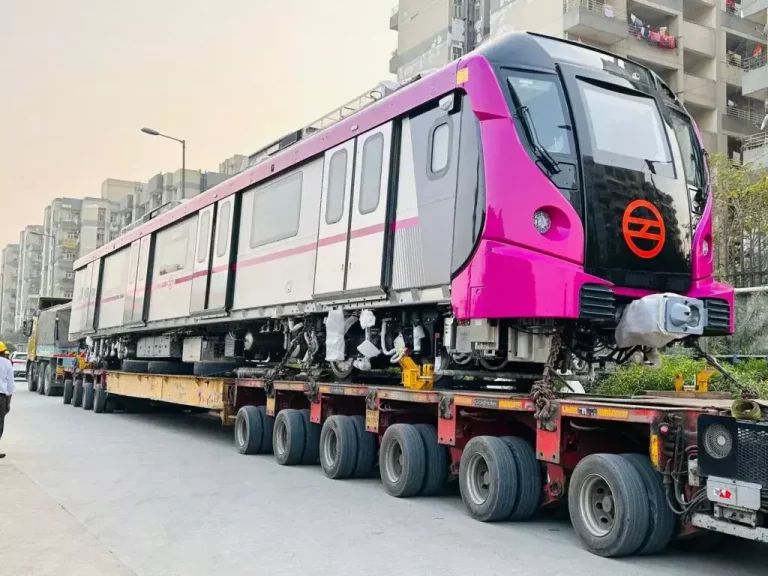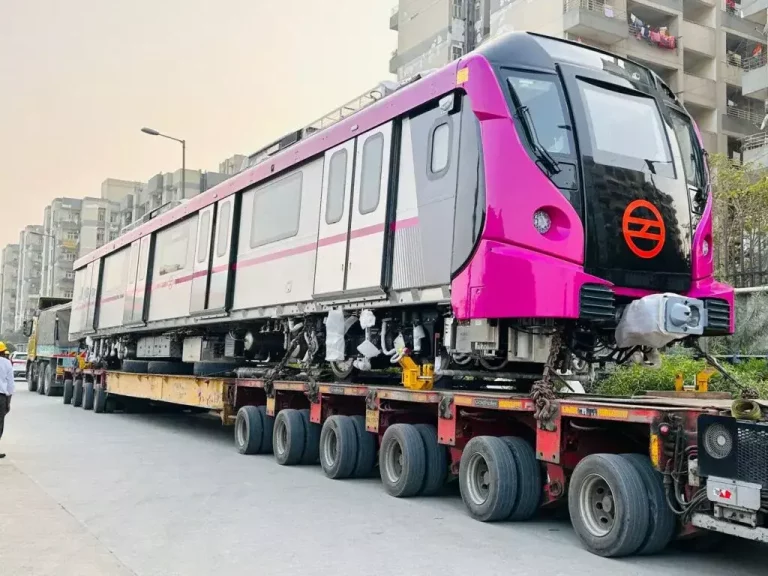
Why Rule-Based Automation Isn’t Enough Anymore?
In the past, automation was all about following a set of predetermined rules, like a script. If-then statements dictated the flow of processes, and humans were left to intervene only when things went wrong. This traditional approach to automation was efficient, but it had its limitations. In today’s fast-paced and ever-changing business landscape, it’s no longer sufficient. The need for flexibility, adaptability, and intelligence in automation has given rise to a new era of intelligent automation, powered by Artificial Intelligence (AI) and Machine Learning (ML).
The Evolution of Automation
Rule-based automation, also known as traditional automation, was designed to simplify and streamline repetitive tasks. It worked well in controlled environments, where inputs were predictable and outputs were straightforward. However, as businesses grew more complex, and the pace of change accelerated, traditional automation began to show its limitations. The rigidity of if-then rules made it difficult to adjust to new situations, and humans were often required to intervene to correct errors or make exceptions.
The advent of AI and ML has revolutionized the way we approach automation. These technologies enable machines to learn from data, identify patterns, and make decisions without being explicitly programmed. This has opened up new possibilities for automation, allowing businesses to create systems that can adapt to changing circumstances, respond to unexpected events, and learn from experience.
The Power of AI and ML in Automation
AI and ML bring several key benefits to automation:
- Flexibility: AI-powered automation can handle ambiguous or uncertain inputs, and adjust its behavior accordingly. This is particularly useful in industries where data is incomplete, noisy, or subject to changes.
- Scalability: AI-based systems can handle large volumes of data and scale up or down as needed, making them ideal for businesses with fluctuating demand or rapidly growing customer bases.
- Accuracy: ML algorithms can identify patterns and relationships in data that humans may miss, leading to more accurate predictions and better decision-making.
- Agility: AI-powered automation can respond quickly to changing market conditions, customer needs, or unexpected events, allowing businesses to stay competitive and adapt to new circumstances.
How AI and ML are Changing Automation
The impact of AI and ML on automation is far-reaching. Some of the key areas where these technologies are making a difference include:
- Predictive Maintenance: AI-powered predictive maintenance uses machine learning algorithms to analyze equipment performance data, predict when maintenance is required, and schedule downtime for maintenance.
- Chatbots and Virtual Assistants: AI-powered chatbots and virtual assistants can handle customer inquiries, provide personalized support, and even make recommendations based on customer behavior.
- Supply Chain Optimization: AI and ML can analyze supply chain data, identify bottlenecks, and optimize logistics to reduce costs, improve efficiency, and enhance customer satisfaction.
- Process Automation: AI-powered process automation can automate complex business processes, such as order processing, invoicing, and inventory management, freeing up human resources for more strategic and creative work.
The Future of Automation
As AI and ML continue to advance, we can expect to see even more sophisticated forms of automation. Some of the trends that are likely to shape the future of automation include:
- Hyperautomation: The use of AI and ML to automate not just specific tasks, but entire processes and workflows.
- Autonomous Automation: The ability of AI-powered systems to autonomously adjust, adapt, and learn from experience, without human intervention.
- Intelligent Automation: The use of AI and ML to automate complex, high-value tasks that require human skills, such as data analysis, decision-making, and problem-solving.
Conclusion
Traditional rule-based automation may have been effective in the past, but it’s no longer enough for modern businesses. The need for flexibility, adaptability, and intelligence in automation has given rise to a new era of intelligent automation, powered by AI and ML. As these technologies continue to evolve, we can expect to see even more sophisticated forms of automation that will enable businesses to stay ahead of the competition, improve efficiency, and enhance customer satisfaction.
Source: https://www.growthjockey.com/blogs/impact-of-ai-and-ml-in-intelligent-automation






